Virginia
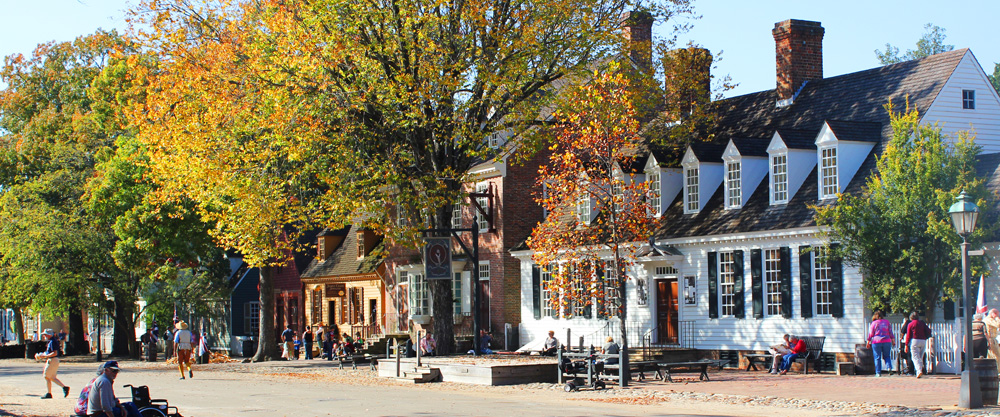
| Route 66 | Cities | Beaches |
|
Virginia |
 |
Ash Lawn |
Jamestown |
Williamsburg | Yorktown |
| Massachusetts notwithstanding, Virginia believes it holds the Crown Jewels of U.S. History : Jamestown, Williamsburg, Yorktown, Mt. Vernon, Monticello, Ashlawn and the Shenandoah Valley. We recommend at least a week here. You can spend two days at Williamsburg, then one each at Jamestown, Mt. Vernon and Monticello. Yorktown can be done in half a day, and Ash Lawn and Montpelier in about two hours each. But you also have to drive from one place to the next. The drive from Williamsburg up to Mt. Vernon is not far in miles but may take half a day because of bumper to bumper traffic. Traffic is also heavy heading out I-64 from Mt. Vernon to Monticello. And you have to navigate back roads to find Montpelier and Ash Lawn. So you can't rush this trip. But it's worth it. | 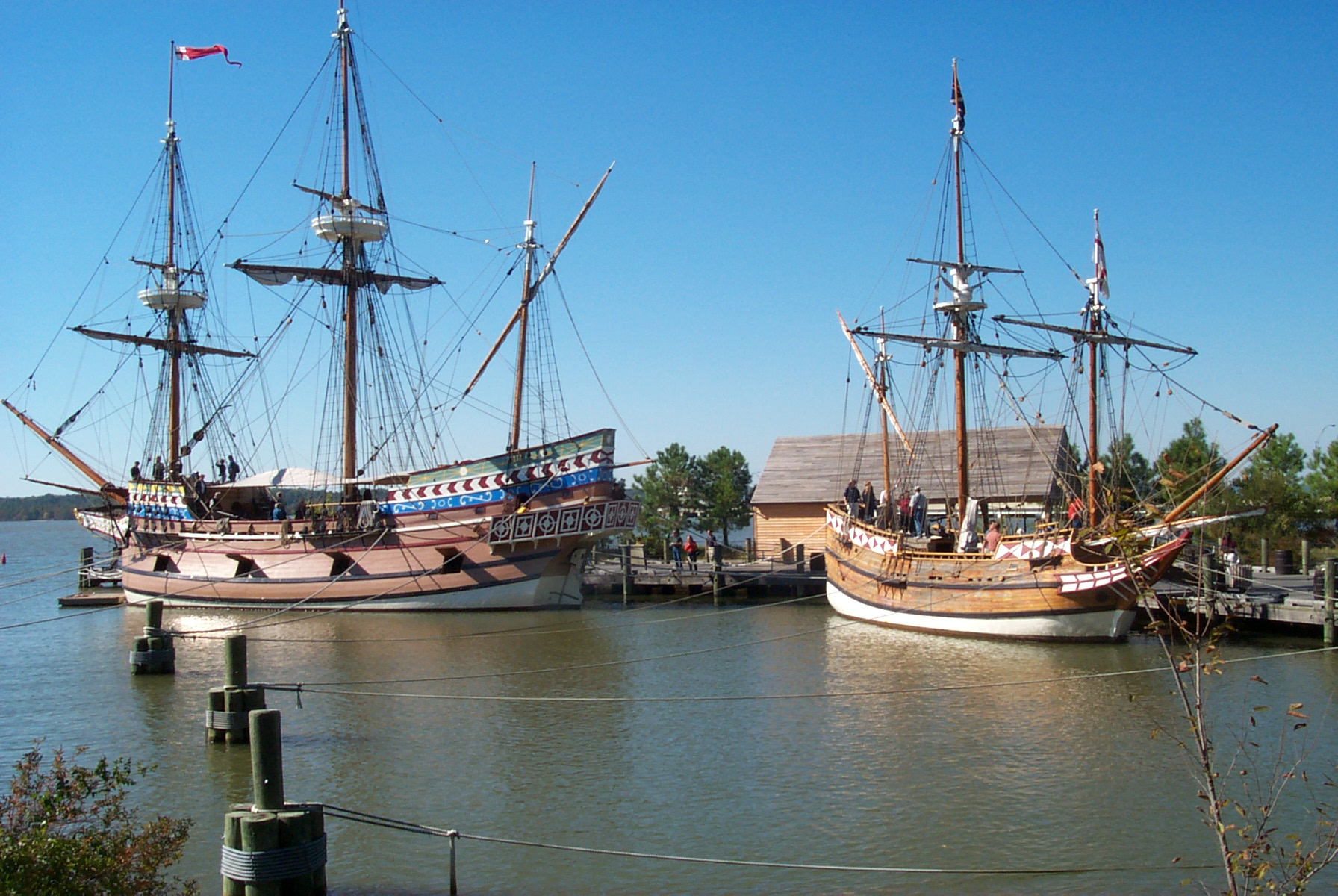 |
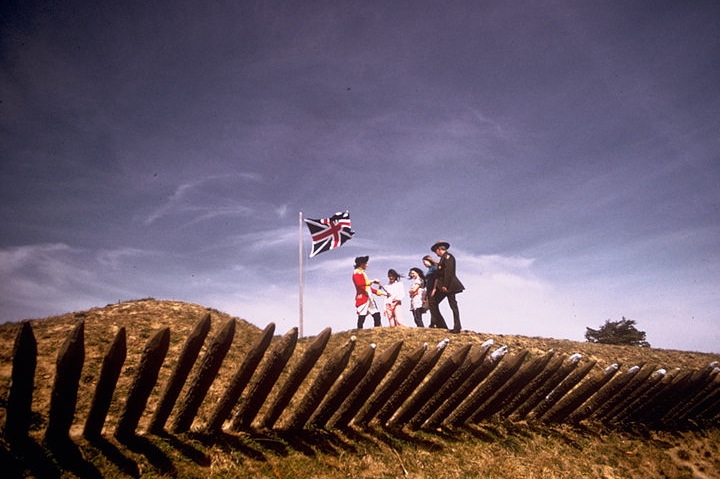 |
Yorktown is summarized in history textbooks in a few sentences but it's much more complex than that. In a carefully coordinated, plan, Washington and his Northern Army and Nathan Green and his Southern Army trapped British General Cornwallis in the narrow neck of land in southwestern Virginia. As a safeguard, Cornwallis had summoned the British Navy in case he needed to evacuate. The French Navy, however, defeated the British Navy, the only naval victory the French ever achieved over their British rivals. This forced Cornwallis to turn and fight. He and his troops dug in. They still had superior numbers and massive firepower. But The Marquis de Lafayette, serving as a Special Assistant to Washington, organized what was the first Special Forces unit. They snuk under the British barricades, shown here at left, and in the middle of the night hurled what we now call Molotov Cocktails over the spikes into the British foxholes. Decimated, with French ships' cannon firing on them from behind and Washington's and Greene's cannons firing on them fromt the front, the British were unable to withstand the next morning's Colonial assault and surrendered. You need half a day here. |
| Mt. Vernon was already a magnificent colonial plantation before Washington became President, and he and Msrtha continued to live here and run it after he retired. As great a General and President as Washington was, he was a better farmer. He introduced many innovative ideas which advanced farming at the time. Mt. Vernon offers dozens of programs, demonstrations, lectures and tours. The library here is a national treasure. There's a very good restaurant. You can take a boat trip up the Potomac River. Washington is buried here and every Fourth of July there's a very impressive ceremony at the tomb. You need at least a full day here and if you're a history buff you could easily spend two or three. | 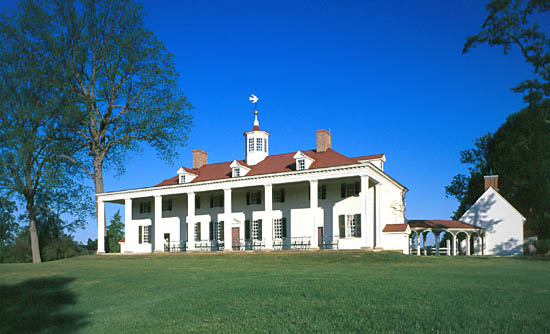 |
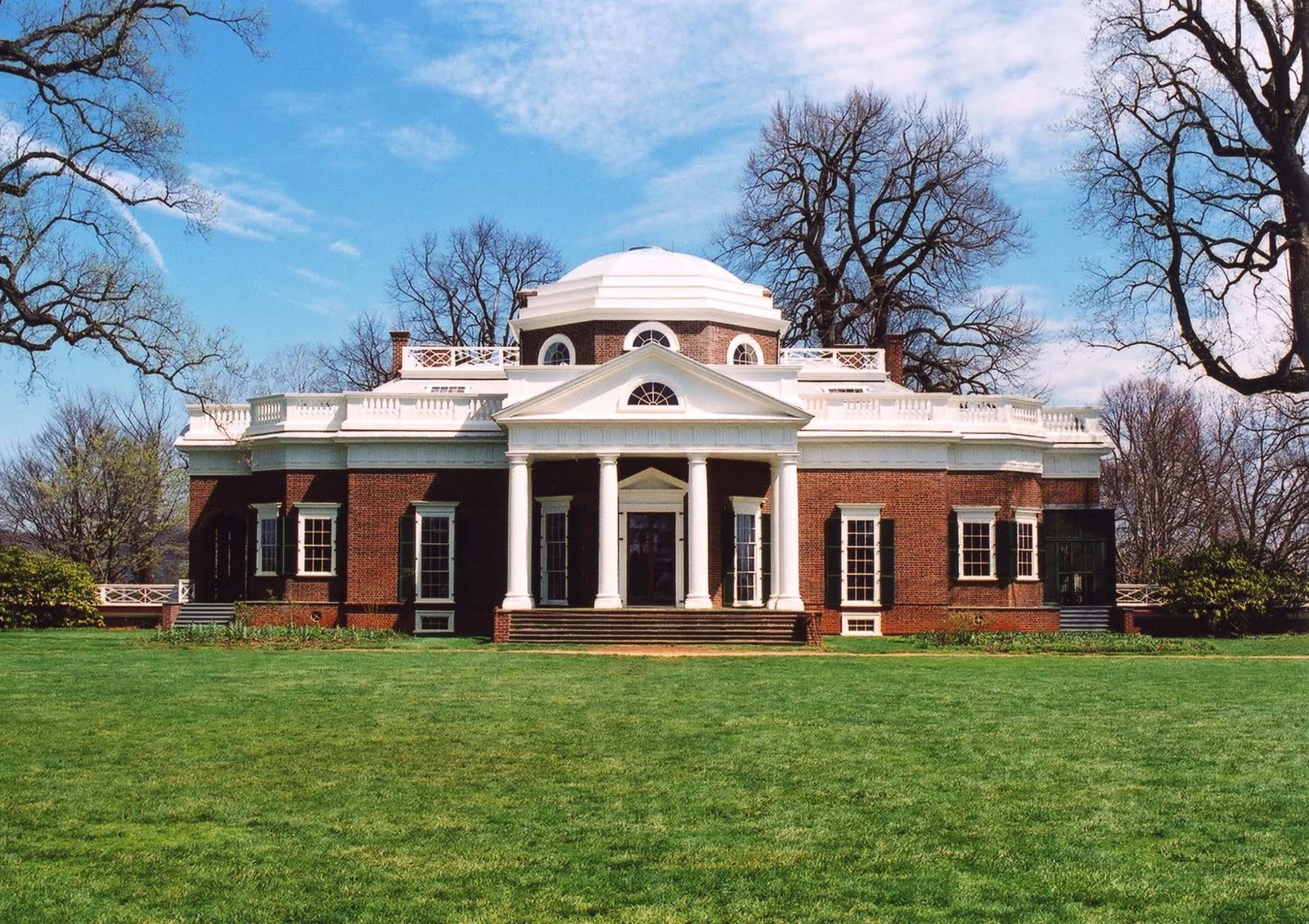 |
Monticello was the love of Thomas Jefferson's life. He designed the home and closely supervised its construction. He designed the whole plantation, planning the fields, gardens, pastures, landscaping, paths and every other detail based on science, mathematics and architecture. The place is a fireworks display of large and small innovations, many of which we are only now beginning to understand. Today, you park at the bottom of the mountain and ride electric shuttles to the top. You have programs, tours, demonstrations and lectures to pick from. This requires at least a full day, and you could easily spend two or three here. Plan on eating at least once at the colonial restaurant at the bottom of the mountain. |
| Ash Lawn was the home of James Monroe for 24 years. He was a close friend of Thomas Jefferson and bought the plantation because it was next door to Monticello. From the front door of Ash Lawn he could look up directly at Monticello. In this photo, everything white was Ash Lawn as Monroe knew it. The yellow wing on the left was added after his death. Today, Ash Lawn is owned and administered by Monroe's alma mater, the College of William and Mary. It is still a working farm, but is open to the public year round (although during the Winter hours are shortened). Ash Lawn does not have the elaborate programs of Monticello and Mt. Vernon, so a visit can be complete in an hour or two. | 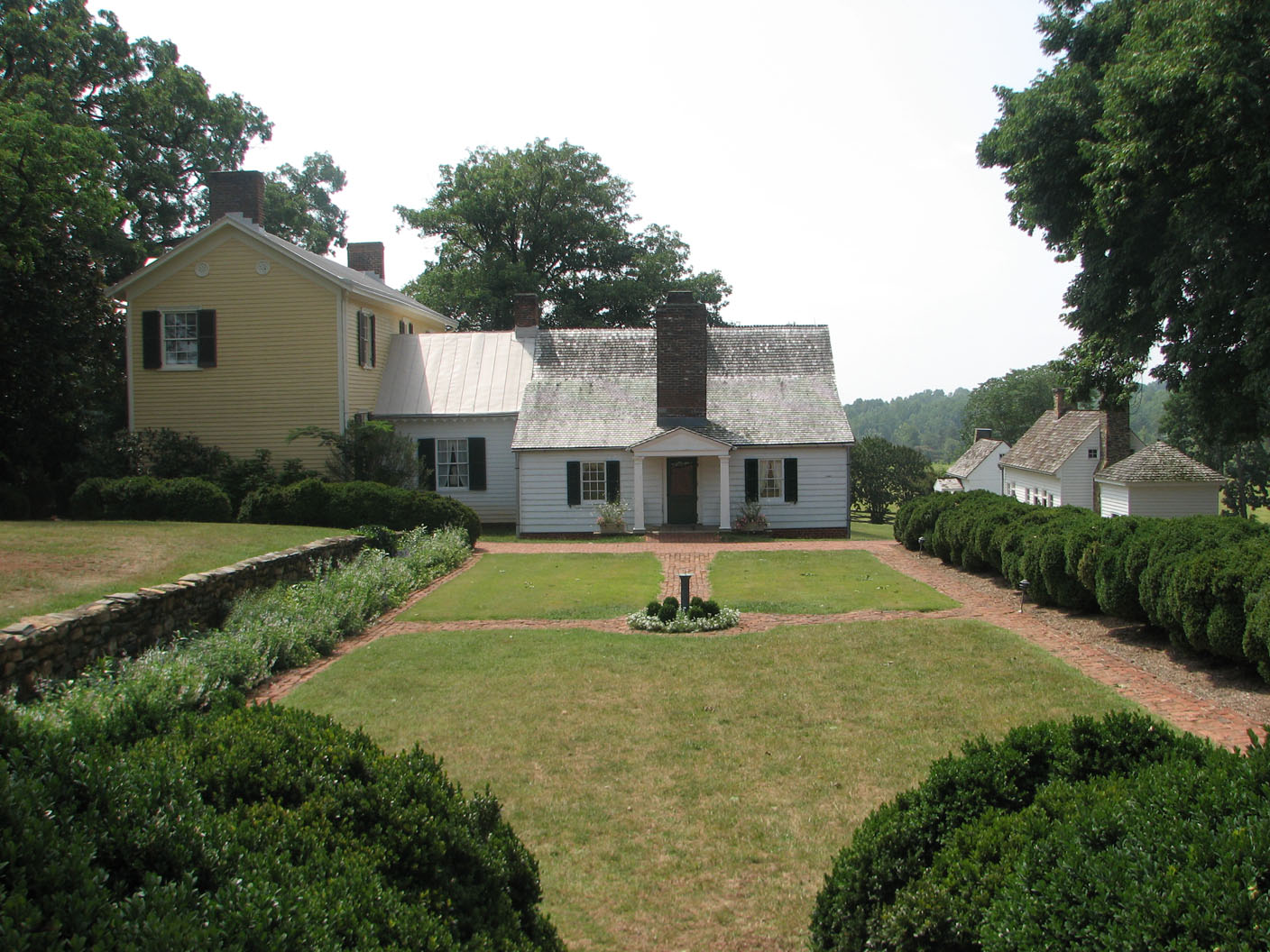 |
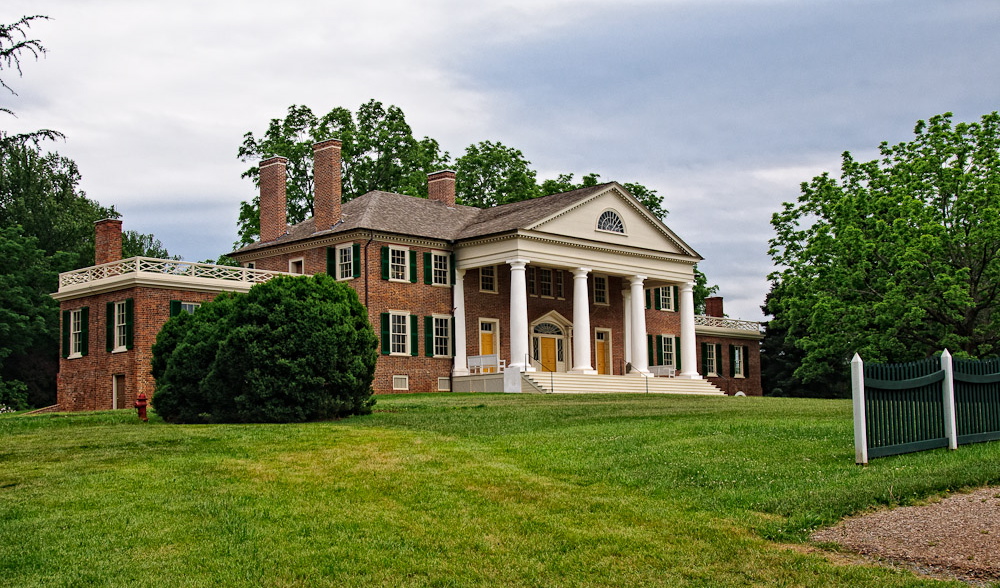 |
Montpelier was the home of James Madison. The plantation had been built by his grandfather and run by his father. James lived here before and after his two terms as President. After he married Dolley, he had two wings built, one a residential wing for his mother and the other a residential wing for his own family. The plantation is still a working farm of 2700 acres, but it's more than that. Virginia was a center of thoroughbred horses. The Madisons were prominent horse breeders, trainers and racers. Montpelier was bought by the DuPont family, also active in the horse industry. Today, one of America's top steeplechase race tracks is on the grounds of Montpelier, along with stables and other facilities. Montpelier is thus part of equine history, in addition to its role as Madison's home. The Madisons retained 100 slaves to help run the plantation, and one of the nation's most extensive archeological excavations has continued here for decades. providing information about the lives of slaves in the 1700s and 1800s. It's open to the public year round. |
|
|||
|